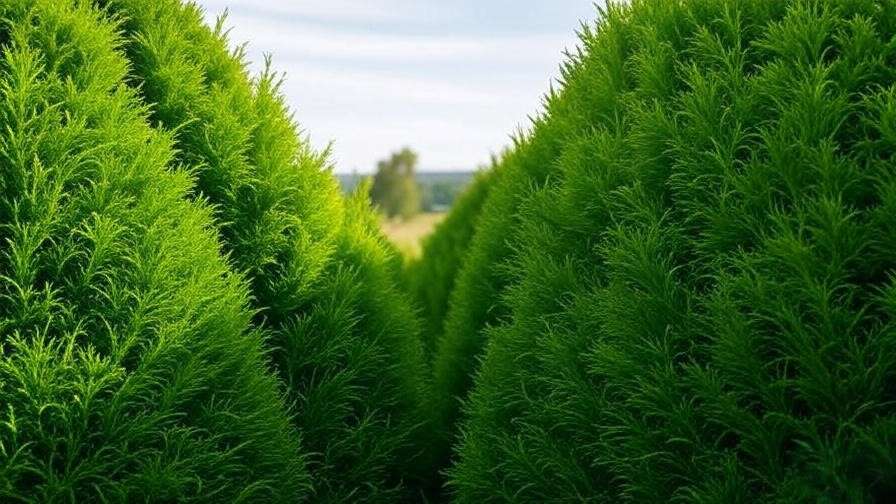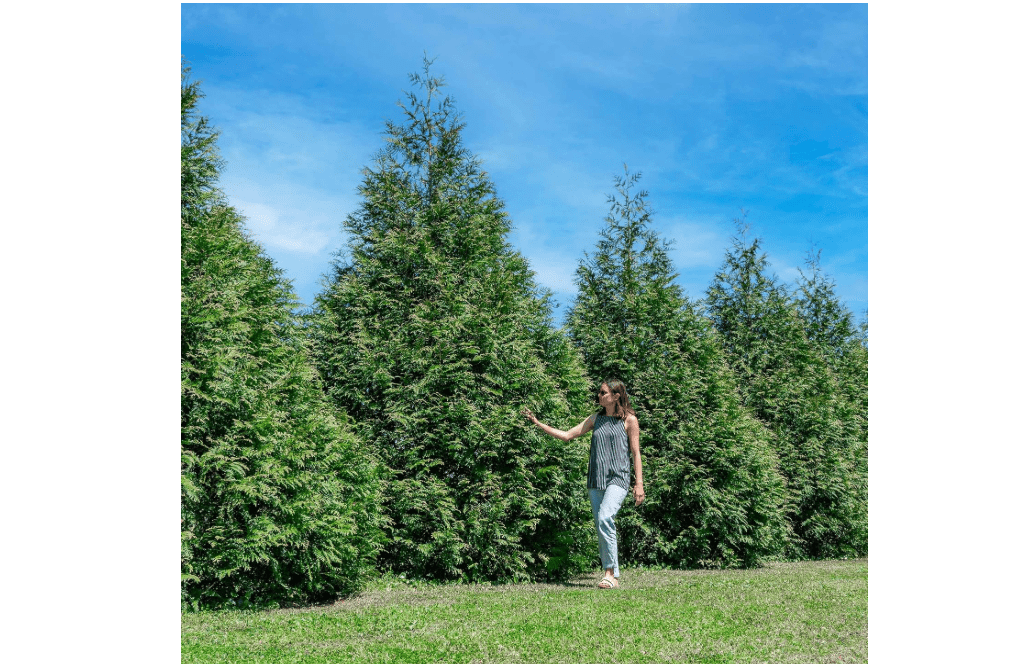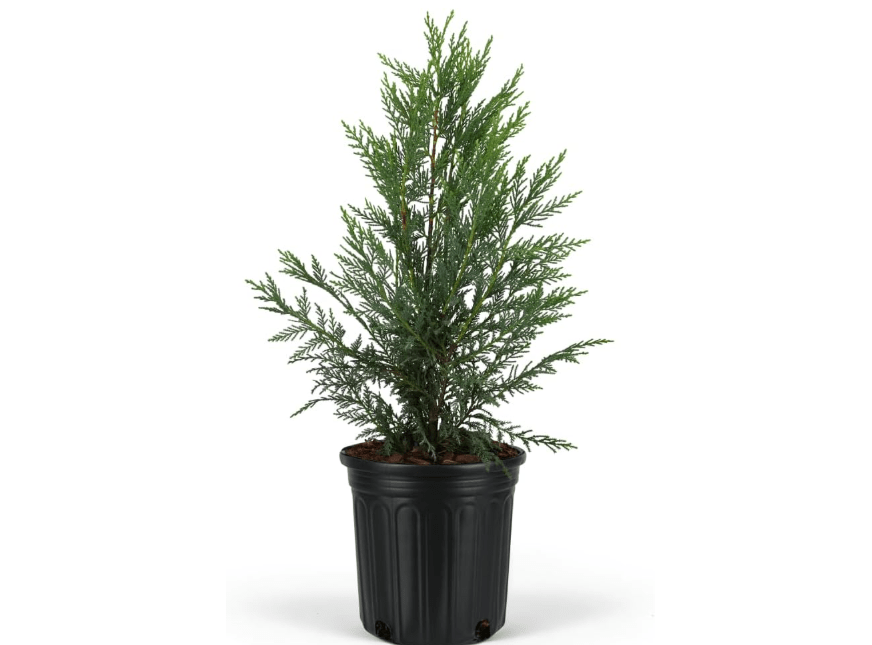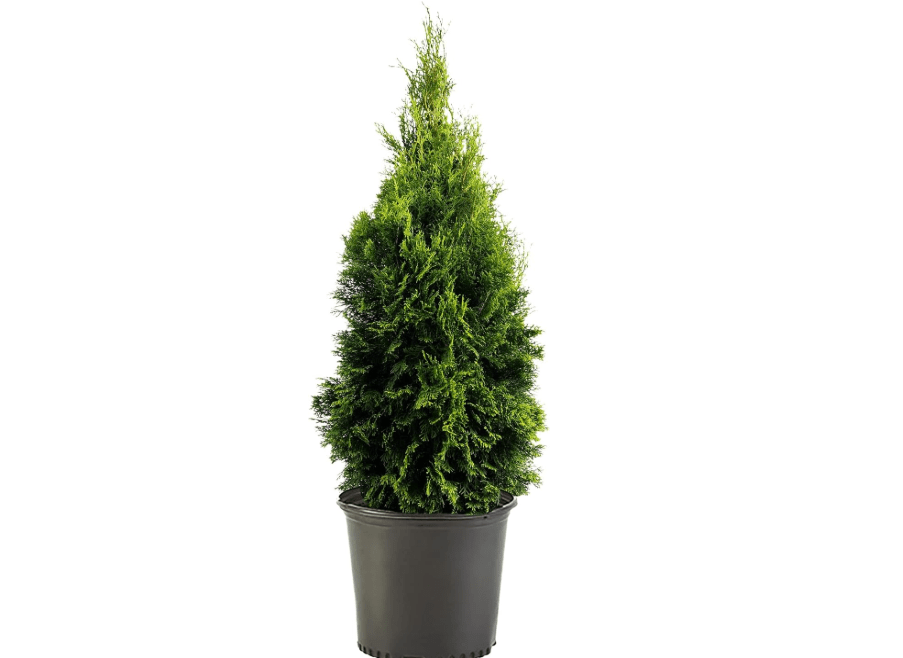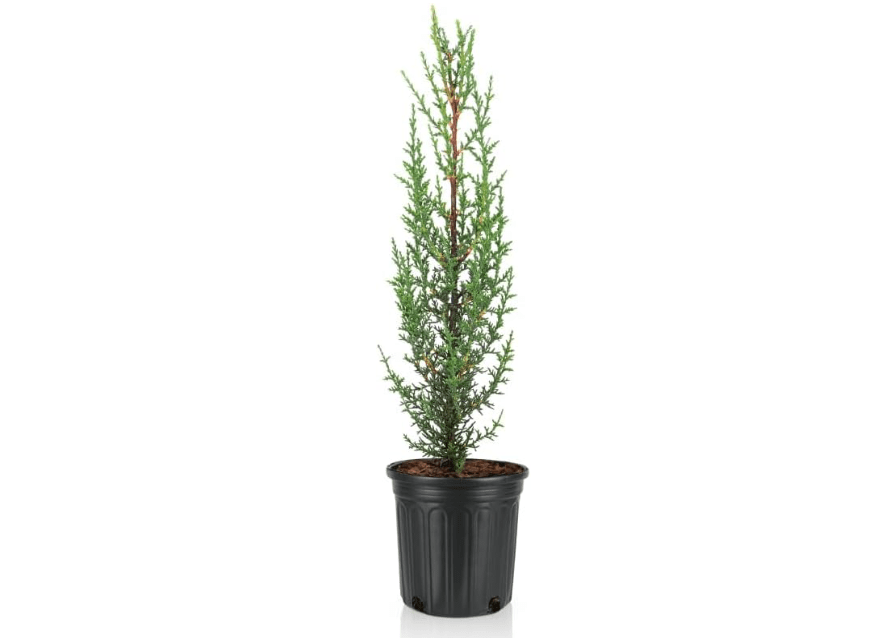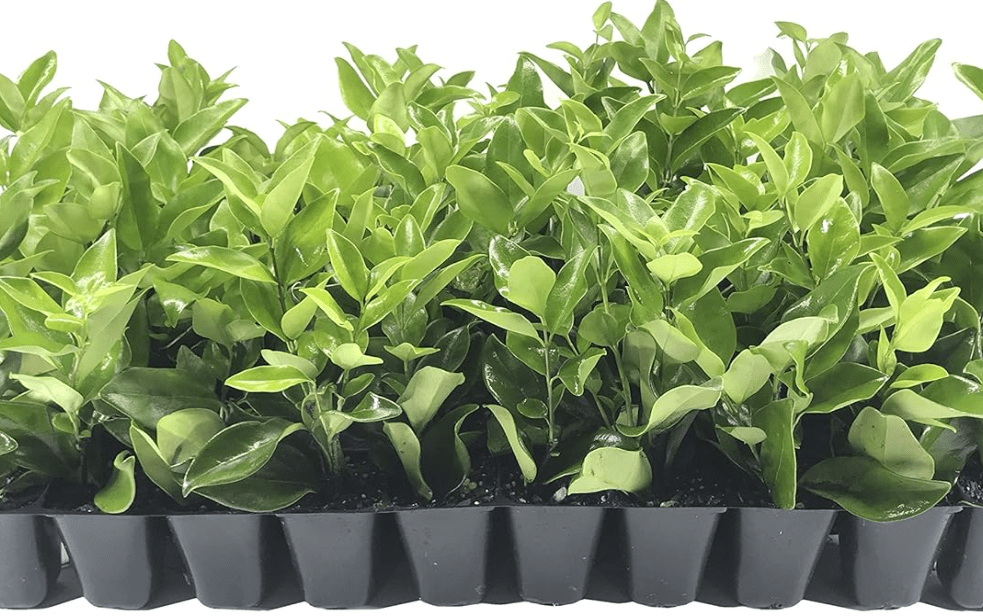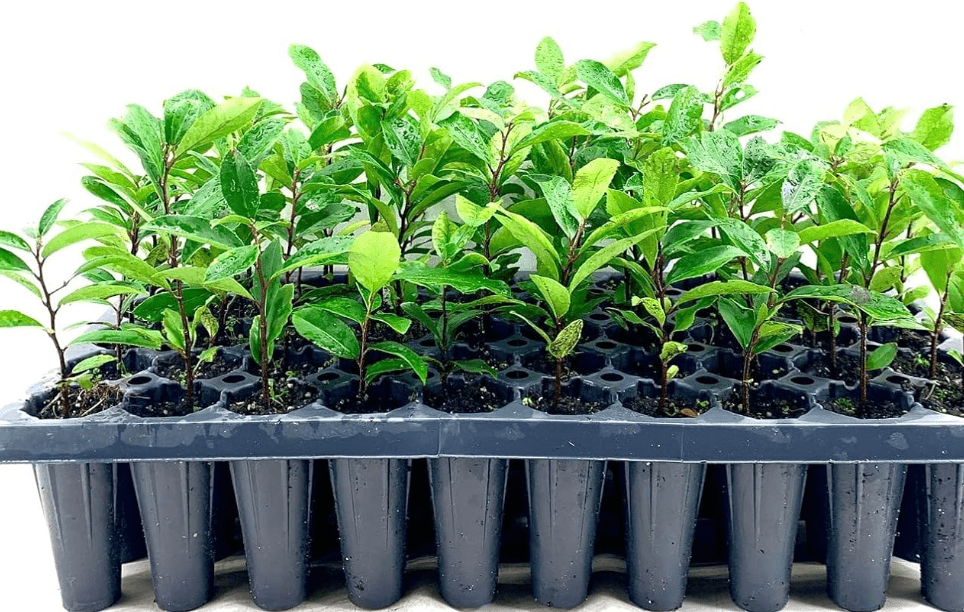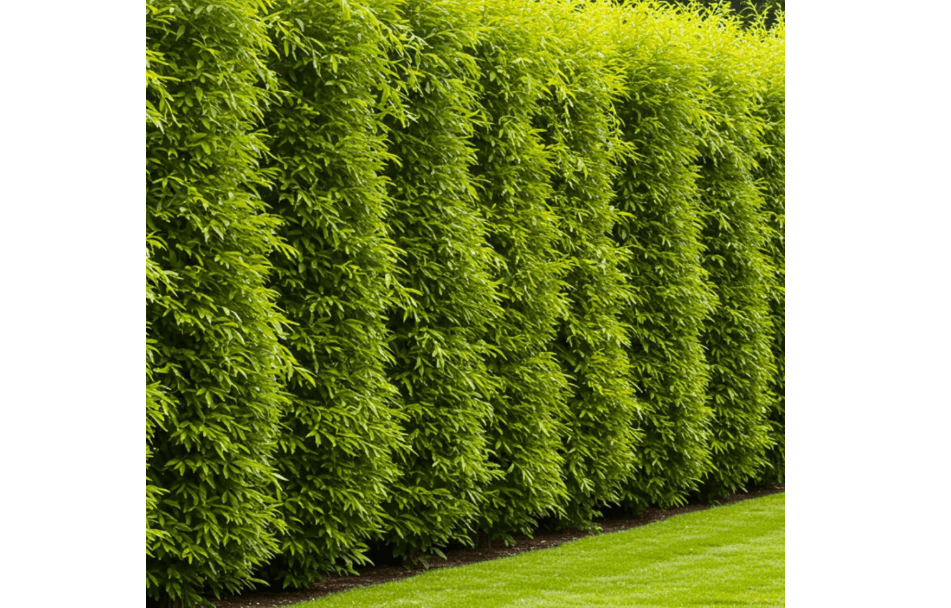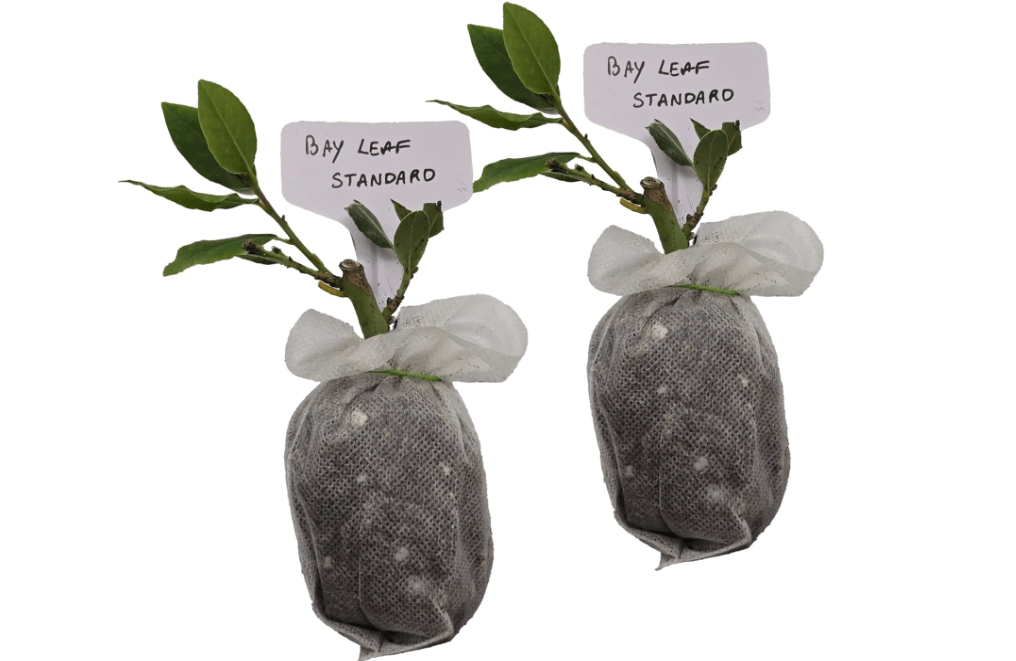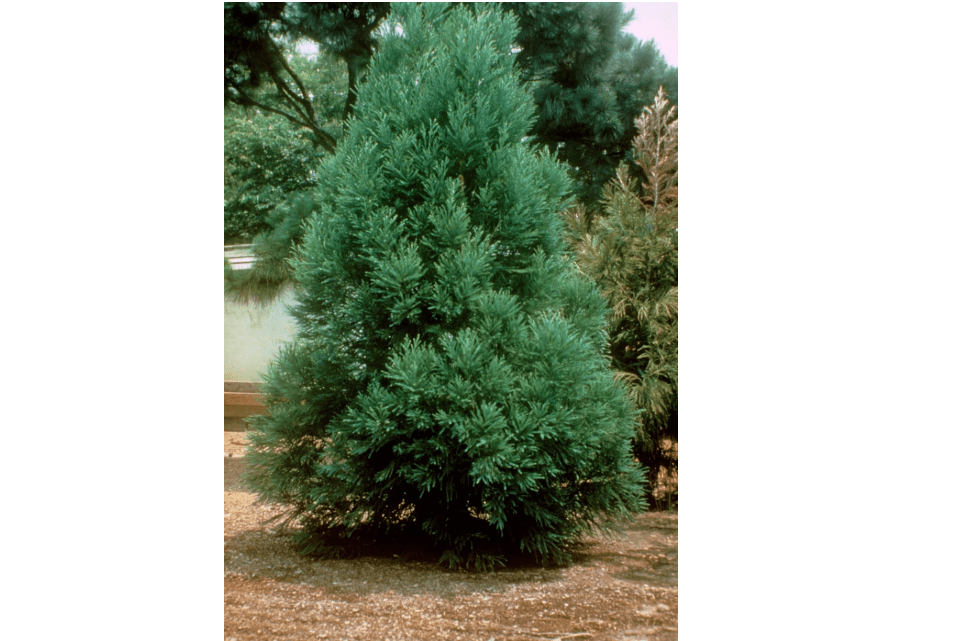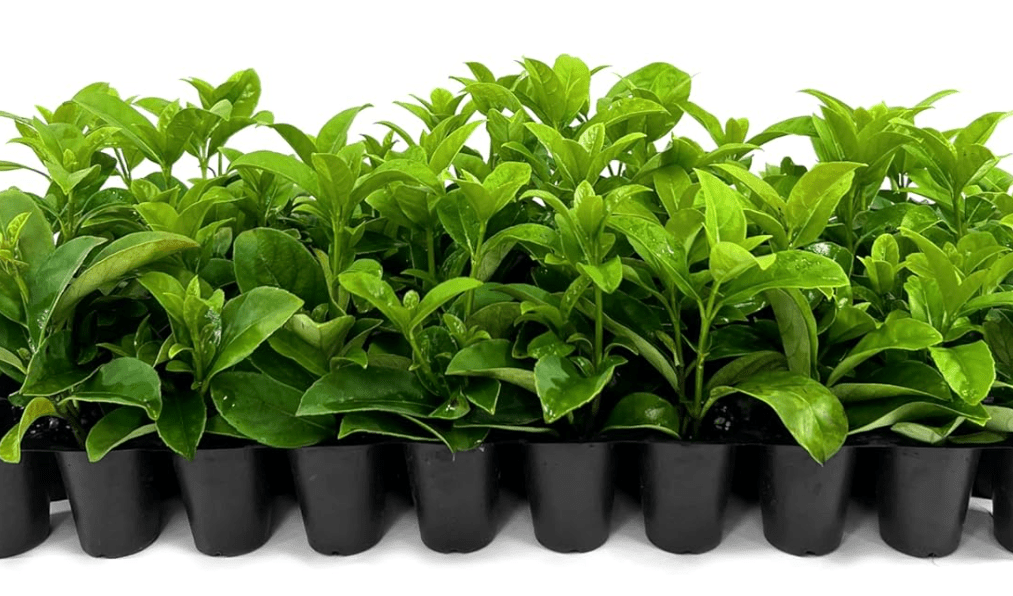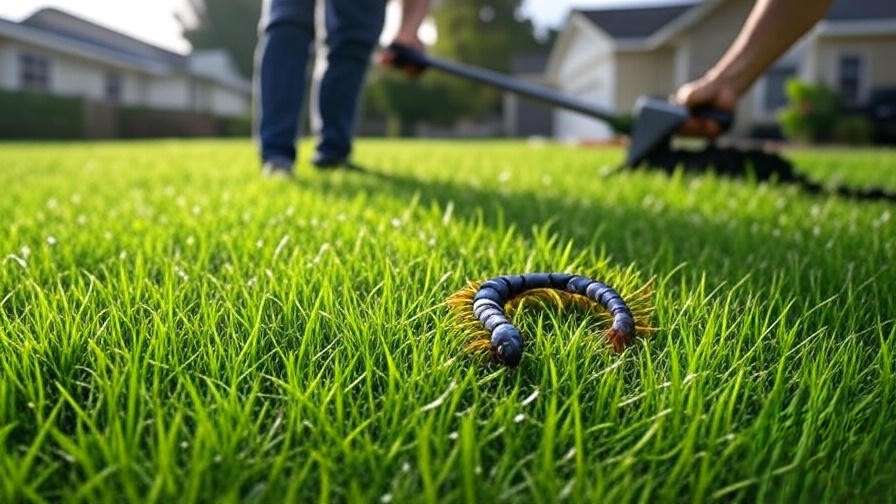Imagine transforming your backyard into a private oasis, shielded from prying eyes and harsh winds, with lush, living walls that boost curb appeal and support wildlife—all without the hassle of costly fences. Many homeowners struggle with exposed yards, noisy neighbors, or a lack of privacy, but the best 10 trees for hedges offer a natural, eco-friendly solution. These hedges provide year-round screening, erosion control, and habitats for birds and pollinators, while requiring minimal upkeep once established. In this comprehensive guide, we’ll explore the best 10 trees for hedges, backed by expert recommendations and current Amazon data, to help you select the perfect ones for your climate, space, and needs.
Why Choose Trees for Hedges? Key Factors to Consider
Hedges made from trees offer superior privacy and screening compared to traditional fences, creating dense barriers that block views, reduce noise, and serve as effective windbreaks. Tall, fast-growing varieties like Thuja Green Giant can reach heights of 30-50 feet, forming impenetrable walls that enhance seclusion while adding aesthetic appeal to your landscape.
Climate adaptability is crucial for success. Most recommended trees thrive in USDA zones 5-9, accommodating a wide range of U.S. regions from cooler northern areas to milder southern climates. For instance, evergreens like Emerald Green Arborvitae prefer full sun but tolerate partial shade, while species such as Schip Laurel excel in shaded spots. Consider soil type—well-drained, fertile soils are ideal for most, but adaptable options like Leyland Cypress handle various conditions, including clay or sandy soils. Drought tolerance varies; Thuja Green Giant and Italian Cypress are particularly resilient once established.
Maintenance is straightforward for these selections. Prune in late winter or early spring to shape hedges, with spacing recommendations like 5-8 feet for Thuja Green Giant to ensure density without overcrowding. Avoid common pitfalls such as overwatering, which can lead to root rot, or planting too close to structures, limiting air circulation and promoting disease.
Ecologically, tree hedges outperform artificial barriers by attracting wildlife—Cherry Laurel’s berries feed birds, while Viburnum Odoratissimum’s flowers draw pollinators—improving air quality and biodiversity. They also aid erosion control on slopes and provide sustainable long-term value.
Cost-wise, initial investments in trees like packs of Thuja Green Giant seedlings (around $100 for 10) yield enduring results, far outlasting wood or vinyl fences that require frequent repairs.
Detailed Reviews of the Best 10 Trees for Hedges
1. Thuja Green Giant Arborvitae (Fast-growing evergreen for tall privacy screens)
The Thuja Green Giant Arborvitae is a hybrid evergreen powerhouse, renowned for its rapid upward growth and dense, fan-like foliage that forms a lush, pyramidal shape. This tree’s soft, scale-like leaves maintain a vibrant green hue year-round, creating a natural, textured screen that sways gently in the breeze without browning in winter. Ideal for large properties, it quickly establishes a towering barrier, blocking views and winds while requiring little intervention to maintain its elegant form. Its adaptability to various soils and resistance to pests make it a top choice for hassle-free privacy.
Price: $72.99
Key features and benefits: Growth rate of 3-5 feet per year; mature height 30-50 feet, width 12-20 feet; USDA zones 5-8; evergreen with disease resistance and deer tolerance; provides excellent windbreak and noise reduction.
Pros: Extremely fast establishment for quick privacy; low maintenance—no frequent pruning needed; adaptable to poor soils and urban conditions. Cons: Can grow too large for small yards if not managed; requires space between plants for air flow to prevent minor fungal issues.
Amazon customer ratings and reviews: 4.3 out of 5 stars from hundreds of reviews; users praise its healthy arrival and vigorous growth, with comments like “Grows fast and provides great privacy—perfect for our backyard screen.”
Why it’s a good choice: Its speed and density align perfectly with user intent for immediate, durable privacy without ongoing care.
Ideal use case or who should buy it: Homeowners in suburban or rural areas needing tall, low-effort screens; beginners seeking reliable results in zones 5-8.
2. Leyland Cypress (Rapid vertical growth for windbreaks in mild climates)
Leyland Cypress is a vigorous evergreen conifer with feathery, soft-textured blue-green foliage that densely fills out to create a seamless living wall. This hybrid tree’s upright, columnar habit makes it a staple for formal hedges, offering year-round coverage with a subtle spicy aroma from its scale-like needles. It’s particularly suited for expansive landscapes where quick establishment is key, providing robust wind protection and visual appeal without the need for constant shaping.
Price: $109.99
Key features and benefits: Growth rate 3-5 feet per year; mature height 60-70 feet, width 15-25 feet; USDA zones 6-10; salt and smog tolerant; forms dense barriers for noise and wind reduction.
Pros: Exceptional speed for fast screens; versatile in soils and climates; minimal pruning required for natural shape. Cons: Susceptible to diseases like canker in humid areas; not ideal for very cold winters below zone 6.
Amazon customer ratings and reviews: 4.5 out of 5 stars; reviewers highlight its health and growth, noting “Thrives in tough conditions and creates a fantastic windbreak quickly.”
Why it’s a good choice: Delivers rapid vertical privacy and wind protection, matching needs for large-scale barriers in warmer regions.
Ideal use case or who should buy it: Coastal or mild-climate gardeners wanting quick, tall hedges; those in zones 6-10 with open spaces.
3. Emerald Green Arborvitae (Compact, dense option for formal hedges)
Emerald Green Arborvitae features tight, emerald-hued foliage in flat sprays, forming a narrow, pyramidal silhouette that’s perfect for refined, space-conscious designs. This cultivar’s scale-like leaves stay vibrant without bronzing, offering a polished look for structured landscapes. Its compact nature ensures it fits urban settings, providing effective screening while enhancing formal gardens with its tidy, no-fuss appearance.
Price: $13.76
Key features and benefits: Growth rate 1-2 feet per year; mature height 10-15 feet, width 3-4 feet; USDA zones 3-8; pest-resistant; ideal for tight hedges with minimal pruning.
Pros: Maintains shape naturally; excellent for small areas; cold-hardy. Cons: Slower growth than giants; sensitive to drought if not watered initially.
Amazon customer ratings and reviews: 4.0 out of 5 stars; feedback includes “Healthy and fills in beautifully for a formal hedge.”
Why it’s a good choice: Provides dense, aesthetic screening in limited spaces, fulfilling intent for elegant, manageable privacy.
Ideal use case or who should buy it: Urban dwellers or formal gardeners in zones 3-8 needing compact borders.
4. Italian Cypress (Narrow, columnar shape for urban or Mediterranean-style borders)
Italian Cypress boasts a striking, slender columnar form with dense, dark blue-green foliage that evokes classic Mediterranean elegance. Its scale-like needles create a formal, vertical accent, perfect for lining driveways or framing entries, while offering tight screening in narrow spaces. Drought-tolerant and long-lived, it adds timeless structure without spreading widely.
Price: $39.99
Key features and benefits: Growth rate 2-3 feet per year; mature height 40-60 feet, width 5-7 feet; USDA zones 7-11; heat and salt tolerant; low water needs once established.
Pros: Space-efficient for tight areas; minimal pruning; deer-resistant. Cons: Less cold-hardy; can suffer from root rot in wet soils.
Amazon customer ratings and reviews: 4.2 out of 5 stars; users say “Elegant and fast for urban privacy lines.”
Why it’s a good choice: Its narrow profile suits aesthetic and functional screening in constrained spots.
Ideal use case or who should buy it: Mediterranean-style yards or urban properties in warmer zones 7-11.
5. Waxleaf Privet (Versatile semi-evergreen for easy-to-shape privacy hedges)
Waxleaf Privet is a glossy-leaved semi-evergreen shrub with dark green, waxy foliage that shears beautifully into formal shapes. Producing fragrant white blooms in spring followed by black berries, it offers multi-season interest while forming dense hedges for privacy. Its adaptability and vigor make it a reliable choice for shaping and maintaining borders.
Price: $47.98
Key features and benefits: Growth rate 2-3 feet per year; mature height 8-12 feet, width 6-8 feet; USDA zones 7-10; tolerates pruning; attracts pollinators.
Pros: Easy to shape; versatile for containers or borders; fast fill-in. Cons: Can be invasive in some areas; semi-evergreen in cold snaps.
Amazon customer ratings and reviews: 4.4 out of 5 stars; “Healthy roots and quick growth for our hedge.”
Why it’s a good choice: Balances ease of care with customizable density for privacy.
Ideal use case or who should buy it: Gardeners wanting shapable screens in zones 7-10.
6. Cherry Laurel (Broadleaf evergreen with flowers and berries for wildlife-friendly screens)
Cherry Laurel is a robust broadleaf evergreen with large, glossy green leaves that form thick screens, accented by spring white flowers and red-to-black berries. Its dense growth provides excellent coverage, supporting birds and pollinators while tolerating pruning for formal or informal hedges.
Price: $35.98
Key features and benefits: Growth rate 1-2 feet per year; mature height 10-18 feet, width 10-15 feet; USDA zones 6-9; shade-tolerant; wildlife attractor.
Pros: Dense privacy; fragrant blooms; adaptable to shade. Cons: Toxic berries; potential for shot-hole disease if stressed.
Amazon customer ratings and reviews: 4.5 out of 5 stars; “Great for dense hedges and bird habitat.”
Why it’s a good choice: Enhances biodiversity while delivering reliable screening.
Ideal use case or who should buy it: Wildlife enthusiasts in zones 6-9 seeking multi-functional hedges.
7. Green Giant Hybrid Willow (Deciduous fast-grower for quick shade and wind blocks)
Green Giant Hybrid Willow is a deciduous speedster with slender green leaves and flexible branches, rapidly forming thick screens for shade and wind protection. Its upright growth and non-invasive roots make it ideal for quick transformations, though it sheds leaves in winter.
Price: $13.95
Key features and benefits: Growth rate 6-12 feet per year; mature height 50-75 feet; USDA zones 4-9; adaptable to wet soils; erosion control.
Pros: Unmatched speed for instant impact; low cost. Cons: Deciduous (no winter privacy); weak wood prone to breakage.
Amazon customer ratings and reviews: 4.0 out of 5 stars; “Grows like crazy for fast privacy.”
Why it’s a good choice: For ultra-fast coverage where seasonal leaf drop is acceptable.
Ideal use case or who should buy it: Budget-conscious users in zones 4-9 needing temporary quick screens.
8. Schip Laurel (Shade-tolerant, low-maintenance for partial sun areas)
Schip Laurel offers glossy, dark green leaves on a compact, layered form, thriving in shade for versatile screening. Its white spring flowers and black berries add interest, while dense branching ensures privacy with minimal effort.
Price: $25.97
Key features and benefits: Growth rate 1-2 feet per year; mature height 10-12 feet, width 5-6 feet; USDA zones 5-9; full shade tolerant; deer-resistant.
Pros: Shade adaptability; low pruning needs; cold-hardy. Cons: Slower growth; berries toxic to pets.
Amazon customer ratings and reviews: 4.3 out of 5 stars; “Perfect for shady privacy hedges.”
Why it’s a good choice: Excels in low-light areas for effortless density.
Ideal use case or who should buy it: Shaded yard owners in zones 5-9.
9. Cryptomeria Radicans (Soft-textured evergreen for softer, feathery hedges)
Cryptomeria Radicans features soft, feathery blue-green foliage in a pyramidal form, resistant to tip blight for reliable screening. Its fragrant needles provide a gentle texture, ideal for natural-looking barriers that hold color through winter.
Price: $359.99
Key features and benefits: Growth rate 2-3 feet per year; mature height 30-40 feet, width 10-15 feet; USDA zones 5-9; drought-tolerant; pest-resistant.
Pros: Soft aesthetic; adaptable soils; no bronzing. Cons: Prefers moist conditions; larger mature size.
Amazon customer ratings and reviews: 4.5 out of 5 stars; “Beautiful feathery growth for hedges.”
Why it’s a good choice: Offers textured, resilient privacy with natural appeal.
Ideal use case or who should buy it: Those wanting softer visuals in zones 5-9.
10. Viburnum Odoratissimum (Fragrant bloomer for scented, screening hedges)
Viburnum Odoratissimum, or Sweet Viburnum, displays large glossy leaves and clusters of fragrant white flowers in spring, forming dense evergreen screens with black berries for wildlife. Its upright habit suits informal hedges, filling air with sweet scent while providing robust coverage.
Price: $26.98
Key features and benefits: Growth rate 2 feet per year; mature height 10-15 feet, width 10 feet; USDA zones 8-10; fragrant; pollinator-friendly.
Pros: Aromatic blooms; dense fill; low maintenance. Cons: Zone-limited; potential pests in humidity.
Amazon customer ratings and reviews: 4.2 out of 5 stars; “Fragrant and fast for privacy.”
Why it’s a good choice: Combines scent, beauty, and screening for sensory delight.
Ideal use case or who should buy it: Southern gardeners in zones 8-10 valuing fragrance.
Product Comparison Table
| Tree | Growth Rate & Height | Zones & Best For |
| Thuja Green Giant | Fast (3-5 ft/yr), 30-50 ft | 5-8, Privacy |
| Leyland Cypress | Fast (3-5 ft/yr), 60-70 ft | 6-10, Windbreaks |
| Emerald Green Arborvitae | Moderate (1-2 ft/yr), 10-15 ft | 3-8, Formal Hedges |
| Italian Cypress | Moderate (2-3 ft/yr), 40-60 ft | 7-11, Narrow Borders |
| Waxleaf Privet | Moderate (2-3 ft/yr), 8-12 ft | 7-10, Shapable Screens |
| Cherry Laurel | Moderate (1-2 ft/yr), 10-18 ft | 6-9, Wildlife Hedges |
| Green Giant Willow | Very Fast (6-12 ft/yr), 50-75 ft | 4-9, Quick Shade |
| Schip Laurel | Moderate (1-2 ft/yr), 10-12 ft | 5-9, Shade Areas |
| Cryptomeria Radicans | Moderate (2-3 ft/yr), 30-40 ft | 5-9, Textured Screens |
| Viburnum Odoratissimum | Moderate (2 ft/yr), 10-15 ft | 8-10, Fragrant Borders |
This mobile-friendly table highlights key attributes for quick comparison, with top performers like Thuja and Willow for speed, and Arborvitae for density.
How to Plant and Maintain Your Hedge for Success
Begin with site selection: Choose full sun for most trees, ensuring at least 6 hours daily, and test soil drainage—amend with organic matter if needed. Prepare soil by digging holes twice as wide as the root ball, planting in fall or spring for root establishment. Space per species guidelines, e.g., 5-10 feet for Thuja, to avoid crowding.
Care essentials include weekly watering for the first year, tapering to drought-tolerant needs; fertilize sparingly in spring with balanced formula. Control pests like bagworms on Cypress with insecticidal soap; prune lightly post-bloom for shape, using deer-resistant varieties like Laurels. Mulch 2-3 inches deep for moisture retention.
Avoid overcrowding, poor drainage, or ignoring zones to prevent failure. Monitor for diseases, pruning affected areas promptly.
Long-term: Annual inspections ensure health; these trees can thrive for decades with basic care.
Frequently Asked Questions (FAQs)
What’s the fastest-growing tree for hedges? Thuja Green Giant or Hybrid Willow, up to 5-12 feet per year.
Are these trees deer-resistant? Many like Thuja, Italian Cypress, and Schip Laurel are; use repellents for others.
How do I choose based on my USDA zone? Match to zones 5-9 for most; e.g., Viburnum for 8-10.
Can I mix evergreen and deciduous trees? Yes, for varied texture, but ensure compatible zones and spacing.
What’s the average cost to install a 50-foot hedge? $200-500 for plants, plus labor; DIY saves significantly.
Conclusion
Recap key recommendations: Top picks like Thuja Green Giant for versatility and Amazon popularity stand out for fast, reliable privacy. Assess your yard’s sun, soil, and zone needs, then check Amazon for current stock and reviews. Purchase via affiliate links for convenient delivery. This guide equips you for a stunning, functional hedge lasting decades, turning your space into a sanctuary.

